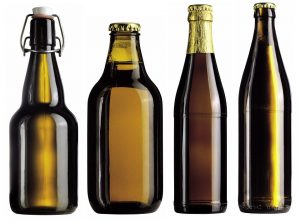Drink-related harm costs the UK Government £21 billion a year. Wider availability a nd marketing through the use of explicit labelling of lower strength alcoholic beverages (i.e., products containing lower than average alcohol by volume, for beers or wine) have the potential to reduce alcohol consumption if they attract more people towards these products.
nd marketing through the use of explicit labelling of lower strength alcoholic beverages (i.e., products containing lower than average alcohol by volume, for beers or wine) have the potential to reduce alcohol consumption if they attract more people towards these products.
There is growing interest from policy makers and producers to extend the range of lower strength alcohol products above the current cap of 1.2%ABV set out in national legislation. However, there is a lack of evidence on how the general population perceives verbal descriptors of alcohol product strength (both low and high). The present research aimed to fill this gap by examining consumers’ perceptions of strength (%ABV) and appeal of alcohol products using low or high alcohol verbal descriptors.
In this study we found that verbal descriptors of lower strength wine and beer formed two clusters and effectively communicated reduced alcohol content. The verbal descriptors Low, Lower, Light, Lighter, and Reduced formed a cluster and were rated as denoting lower strength products than Regular, but higher strength than the cluster with intensifiers consisting of Extra Low, Super Low, Extra Light and Super Light. Similar clustering in perceived strength was observed amongst the high verbal descriptors. Regular was the most appealing strength descriptor, with the low and high verbal descriptors using intensifiers rated least appealing.
Impact of low alcohol verbal descriptors on perceived strength: An experimental study. Vasiljevic M, Couturier D-L, & Marteau TM, 2017
